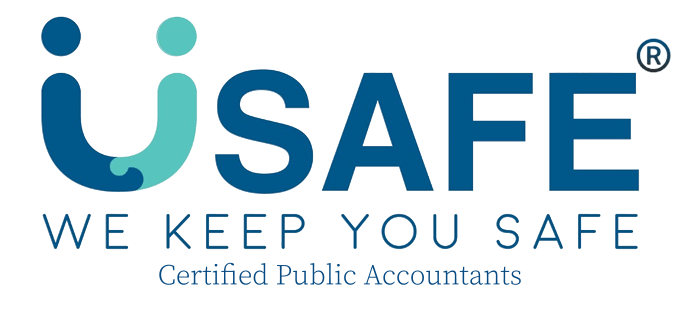Navigating FRS 115: Simplifying Revenue Recognition
In today’s fast-paced business world, understanding accounting standards like FRS 115 is essential. FRS 115, also known as the Financial Reporting Standard 115, plays a crucial role in accounting, especially in revenue recognition. The Accounting Standards Council (ASC) in Singapore issues this standard, providing clear guidelines for recognizing revenue from contracts with customers.
The Core Principle: Percentage of Completion Method
At the heart of FRS 115 lies the Percentage of Completion method, a powerful tool for businesses engaged in long-term contracts. This method allows businesses to recognize revenue as they progress on projects, rather than waiting until completion. Furthermore, its benefits include accurately reflecting financial performance over time and managing cash flow more smoothly.
Implementing the Method
Implementing the Percentage of Completion method involves several steps. Firstly, businesses must establish a reliable system for tracking project progress. This may include setting milestones, monitoring timelines, and documenting achievements. Secondly, businesses calculate the percentage of completion at regular intervals. This can be done by comparing the actual progress against the total project scope. Finally, revenue recognition is adjusted accordingly, with income recognized proportionally to the completion percentage achieved.
In addition to the core steps outlined above, there are several additional considerations that businesses should take into account when implementing the Percentage of Completion method. Firstly, it is essential to ensure that the chosen method of measuring project progress is consistent and reliable. This may involve using objective criteria such as units completed or costs incurred. Additionally, businesses should carefully consider the potential impact of any changes in project scope or assumptions on revenue recognition. Changes in project estimates or revisions to contract terms may necessitate adjustments to the percentage of completion calculation and corresponding revenue recognition.
Furthermore, effective communication and collaboration between project teams, finance departments, and external stakeholders are critical for successful implementation. Clear and transparent reporting of project progress and revenue recognition decisions is essential to maintain credibility and trust with investors, creditors, and other stakeholders.
Benefits and Compliance
By adopting the Percentage of Completion method in accordance with FRS 115, businesses can enhance financial reporting and comply with regulatory standards. Moreover, understanding this method empowers businesses to confidently navigate complexities in revenue recognition, ensuring accuracy and transparency in financial statements.
Further Exploration: Advanced Applications and Industry Trends
Beyond the basics of FRS 115 and the Percentage of Completion method, businesses can explore advanced applications and industry trends to optimize revenue recognition practices. This may include leveraging technology such as artificial intelligence and data analytics, staying informed about regulatory changes, and proactively adapting revenue recognition practices to evolving business dynamics.
Conclusion
In summary, implementing the Percentage of Completion method requires careful planning, diligent execution, and ongoing monitoring. By following best practices, leveraging technology, and staying informed about industry trends, businesses can optimize revenue recognition processes, enhance financial reporting accuracy, and maintain compliance with accounting standards. With a strategic approach and a commitment to continuous improvement, businesses can navigate the complexities of revenue recognition with confidence and achieve long-term success.
Disclaimer: This article is for informational purposes only and does not constitute any professional advice. Feel free to contact us to consult with our professional advisors team for personalized advice and guidance.
Sources:




